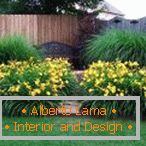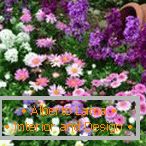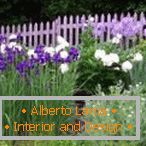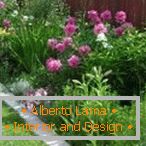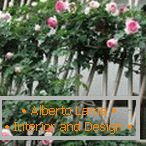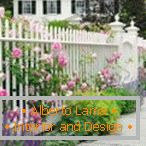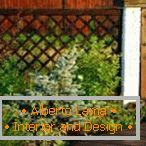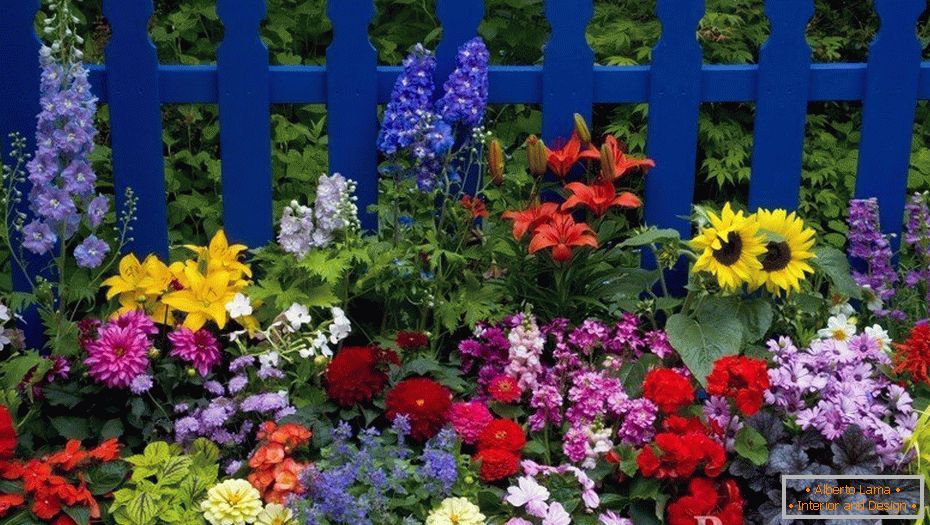
When all the large-scale works on the site are completed - the house is erected, the fence is built, the trees are planted, the paths are laid, and the grounds are paved, it is time to think over the design of the flower beds in the cottage to give your own country property a complete look. A comfortable, cozy hacienda is inconceivable without beautiful flower beds, creating a mood and a joyful feeling of suburban life.
- Varieties of flower beds: free (landscape), regular (strict forms, symmetrically executed), from summer crops, perennials, including ornamental trees, shrubs, various species of conifers.
- Mixborder - a flower bed of elongated shape along the paths, enclosing structures, where the plants are selected from the lower to the higher in height, and according to the period of flowering, so that it looks effectively the greater part of the vegetative period.

- Parterre is an extensive, low-lying flower garden (square, rectangle), occupying a central place in the garden, where plants are planted with contrasting patterns.
- Rabatka is a strip that fringes the paths, where relatively low flowering plants create a distinct ornament.
- Decoration of the front garden - implies the planning of flower gardens from the gate to the entrance group of the house, with the presence of solitaires (single plants that attract attention) to create a beautiful appearance of the cottage, viewed from the access roads.

Picking plants for flower beds, consider the flowering period, so that some flowers are replaced by others, and the flowerbed is not empty. Consider that each variety of plants has its own "early bird" and "owl", i.e. varieties that will bloom later with a difference of 2-3 weeks.
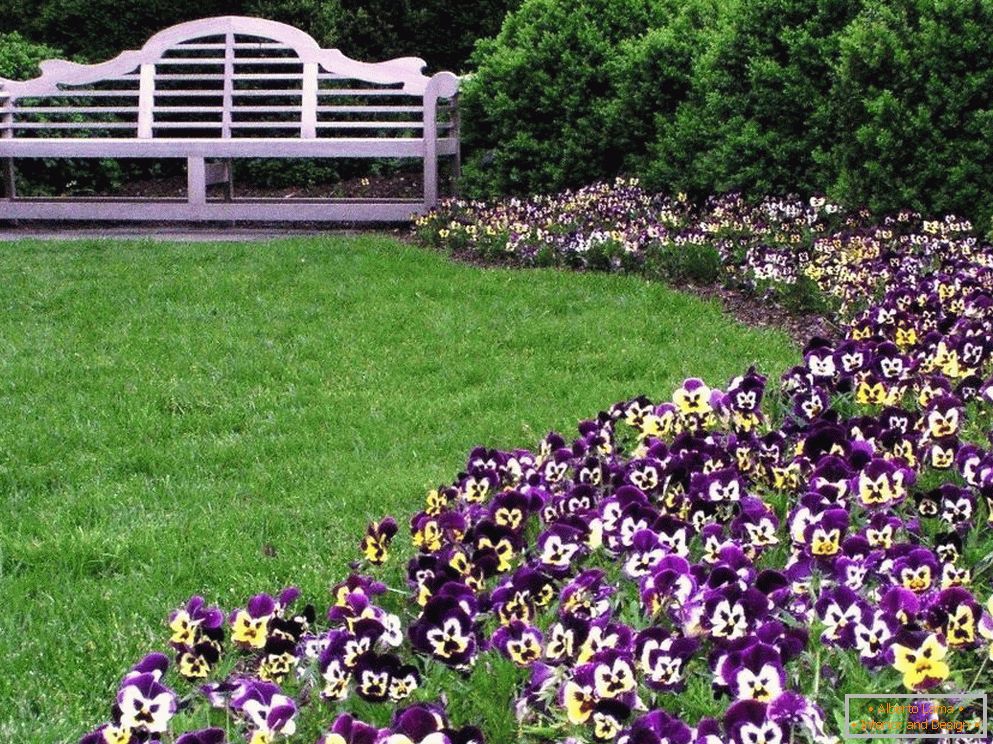
An important point in the breakdown of the flowerbed, which must be taken into account, is the possibility of its review. Some flower beds assume a circular view, i.e. they are equally effective from several species points. Flat-shaped flower beds look better from the elevations, are interesting for use on sites with slopes and terraces. Vertically and horizontally oriented flower beds emphasize the necessary dominants, visually expand the space or add to the dacha corner of the chamber.
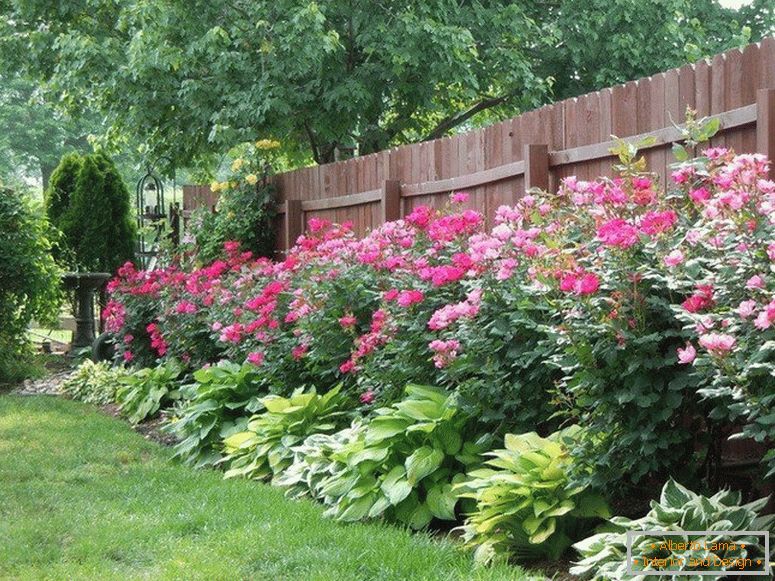
Where to begin
Having conceived the creation of a decorative corner on the plot of land - a flower bed, it is necessary to perform several successive operations:

- Collect illustrative material (in this will help magazines with flower beds schemes, sites for landscape design, horticultural forums on the Internet).
- Identify with desires and opportunities (which plants like that will survive in a particular climate, what are the material means allocated for the acquisition of planting material).
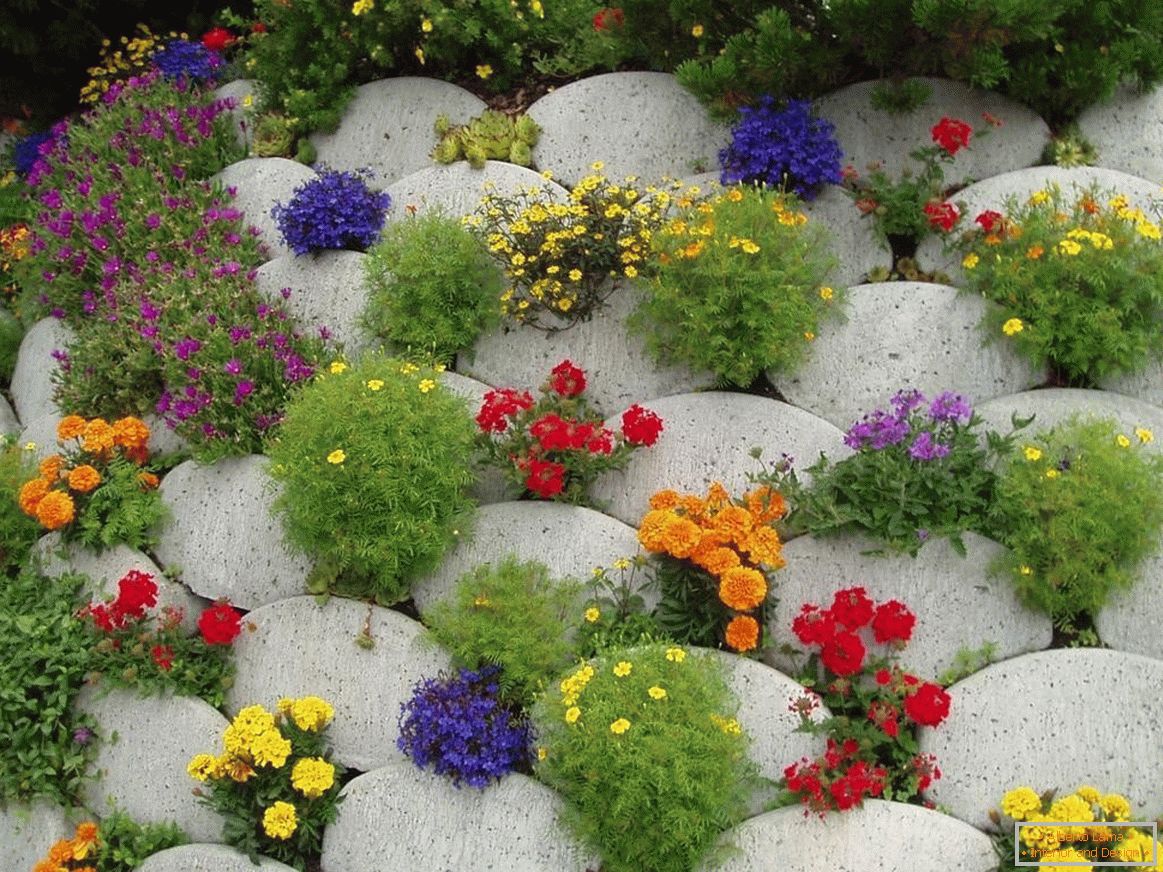
Reduce financial costs will help hand-raising the required number of specimens from the seeds. This process takes more time, but does not strike the family wallet, especially if the area of the flower beds is large, and the number of plants is selected to a hundred or more.

- Smash the flower bed, think over its fence (stone, wood, concrete, plastic, earth groove, separating the flower garden from the lawn).
- Prepare the land for planting (add the necessary constituents of the soil, make the required fertilizers).
- Create a diagram (own sketch), taking into account the dimensions (height and width) of plants.
- Decide how to plant the flower bed - to grow or to look good on the first day. Calculate the density of planting.
- Arrange pots with plants on the area to check the correctness and harmony of their placement, not on paper, but visually.
- To make a landing, watering. Refrain open land between plants, leaving a clean ground 10-15 cm from the stems (trunks).
- Support plant survival (provide the necessary watering, shading, if it is very hot weather).
- Enjoy the result and start building new plans.
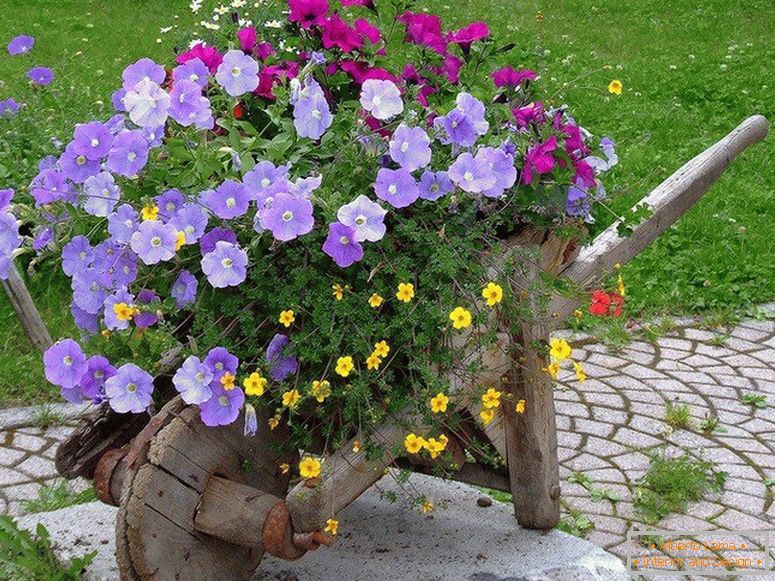
Which plants to choose
To the flower garden fascinated the guests and pleased the family for a long time (for example, peonies and clematis grow in one place for several decades), select only climatically resistant, unpretentious plants. Having landed extremely favorite, but exacting to care and shelter, badly tolerating Russian winter specimens, you will carefully look after them.
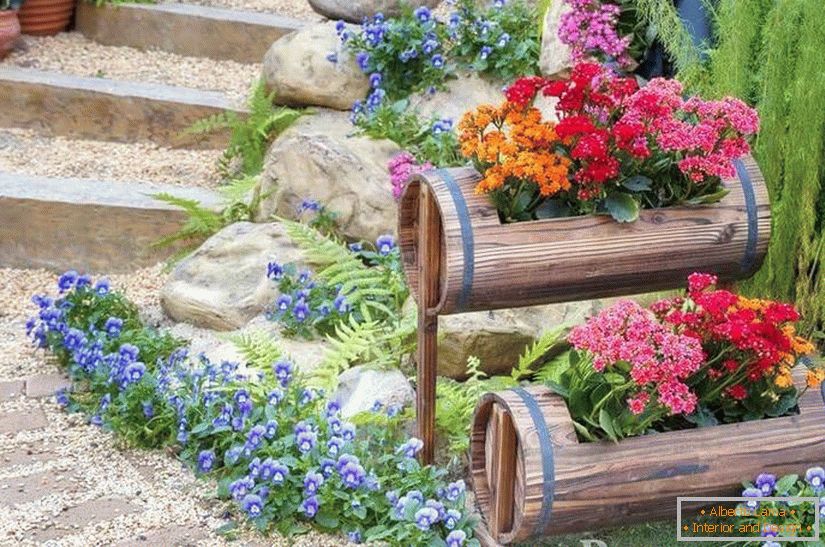
However, in 3-5 years, removing dead bushes that survived the winter in spring, you will understand that there is no more power to take care of the caprices. At this point, you will come to a decision to replace all "southerners" with regional ornamental plants. So why not immediately pay attention to those flowers that feel good in your climate?
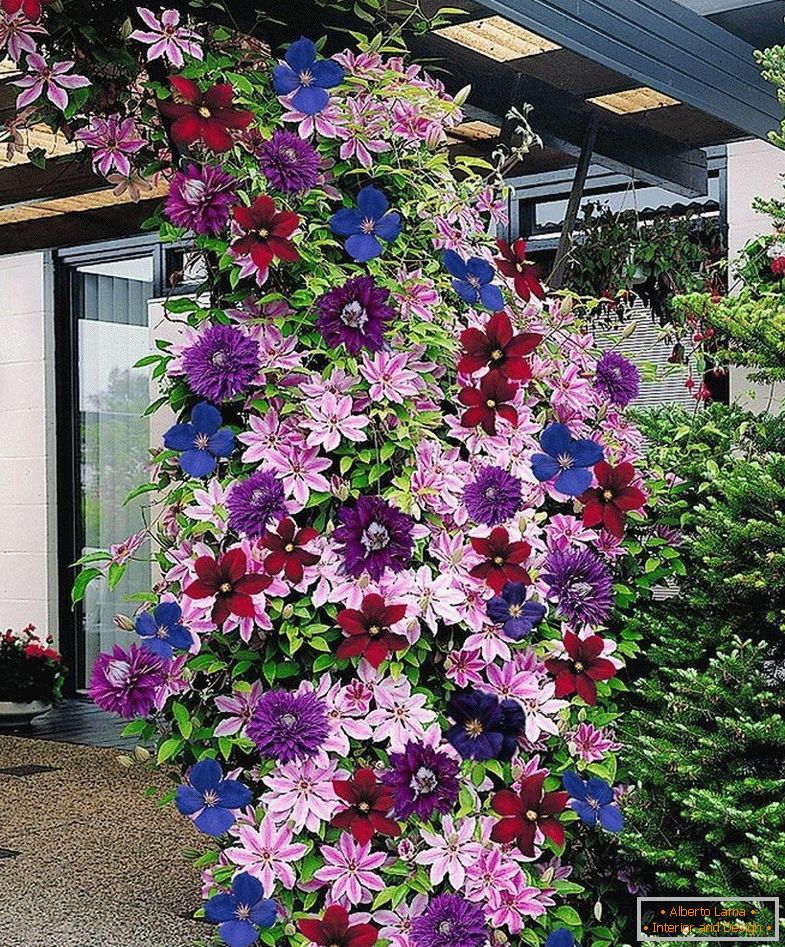
The initial selection for flower beds of suitable planting stock, varieties and species that are resistant to the climatic conditions of the region has many advantages:
- Care is facilitated (no serious winter shelters are required).
- Preservation of one's own nervous system (lack of experience for poorly hidden or inopportunely open plants, fear of getting out, getting wet, damaging moles or mice who love to run in winter under cover).
- Less financial costs (there is no cost to buy new plants for replacement).
- Reduced labor costs (there is no annual digging out "dead" specimens and planting them in their place of new ones).
- A more accurate appearance of the flower beds in winter (even snowy areas with shrubs covered with hoarfrost or snow caps look much more presentable than wooden boxes or arc constructions all over the site).
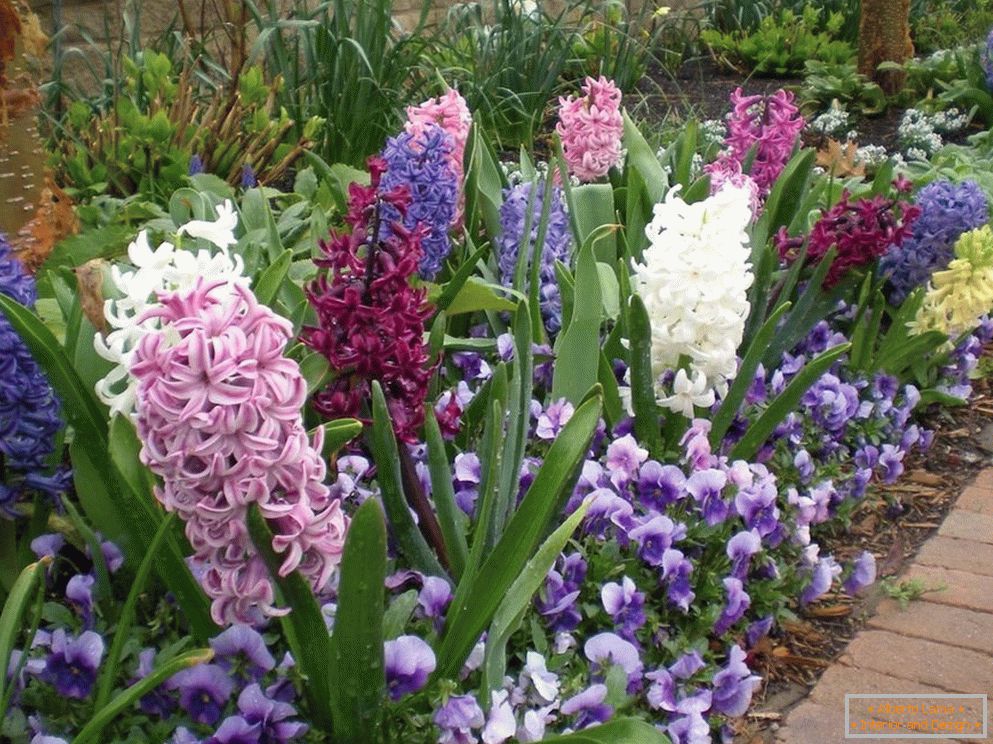
Every enthusiastic dacha, feeling himself a landscape designer of a single site, needs rest. Without time to admire your own achievements, there will be no pleasure from the task accomplished and suburban life in general. Therefore, plant more unpretentious plants, they will allow you to enjoy the surrounding beauty more.
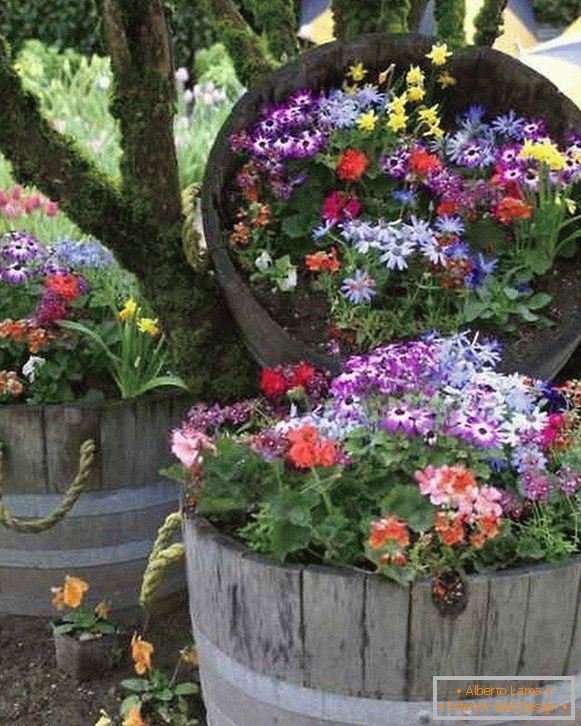
Fashion trends and non-standard solutions
Modern landscape design offers a great variety of flower beds of the countryside. The main direction is "harmony in simplicity". You can implement it in several ways.

| Type of design | Decision |
| Monochrome (using a single color gamut) | Greenery of different shades: silvery-green, blue-green, dark-green, lemon-green |
| Green-white: hydrangea tree-like, derehn, astilba, white peonies, primula with white flowers, pincushion, host with spotted leaves, spirya vangutta, chubushnik | |
| Green-pink: peonies, roses, clematis, astilbe, geyher, chrysanthemum, badan | |
| Red: red maple, decorative barberry, geycher | |
| Monoformance (selection of planted plants of uniform shape) | The combination of plants in a single flower bed with a round crown: globular willow, globular thuja, round spiraea, large-leaf hydrangea bushes, roses on the stem, rounded forms of herbaceous plants (fescue sisaya) |
| Contrast (selection of plants with flowers of saturated tones) | Blue-yellow (delphinium, irises, violas, suitable varieties of marigold, nasturtium, yellow daylilies) |
| Blue-pink (roses and framing with lavender, verbena, mattioly two-horned) |

Also an interesting technique is the creation of vertical flower beds. Strengthening on the walls of buildings of flower containers and the landing of bright fliers in them will brighten up the boring corners of the garden, and the creation of columns with the petunias placed along the entire height will add originality and rich flavor, turning an even area into a luxurious voluminous flower garden. Planted near the old tree clematis (you can use the species as more resistant to unfavorable conditions) will cover the trunk with a flower wave, delighting the summer resident with an uninterrupted flowering for 3 months.

Decorative design of flower beds in the country
The rules of landscape design allow you to decorate the flower gardens with various decorations. Virtually any of them, with some effort, it is possible to do it yourself. Particularly appropriate is the move in the arrangement of central flower beds, where the decorative element is viewed from all sides, as well as "secret corners" for recreation, hidden from a direct view and full of intimate charm.
See also: Roses in landscape design: types and variants of decoration 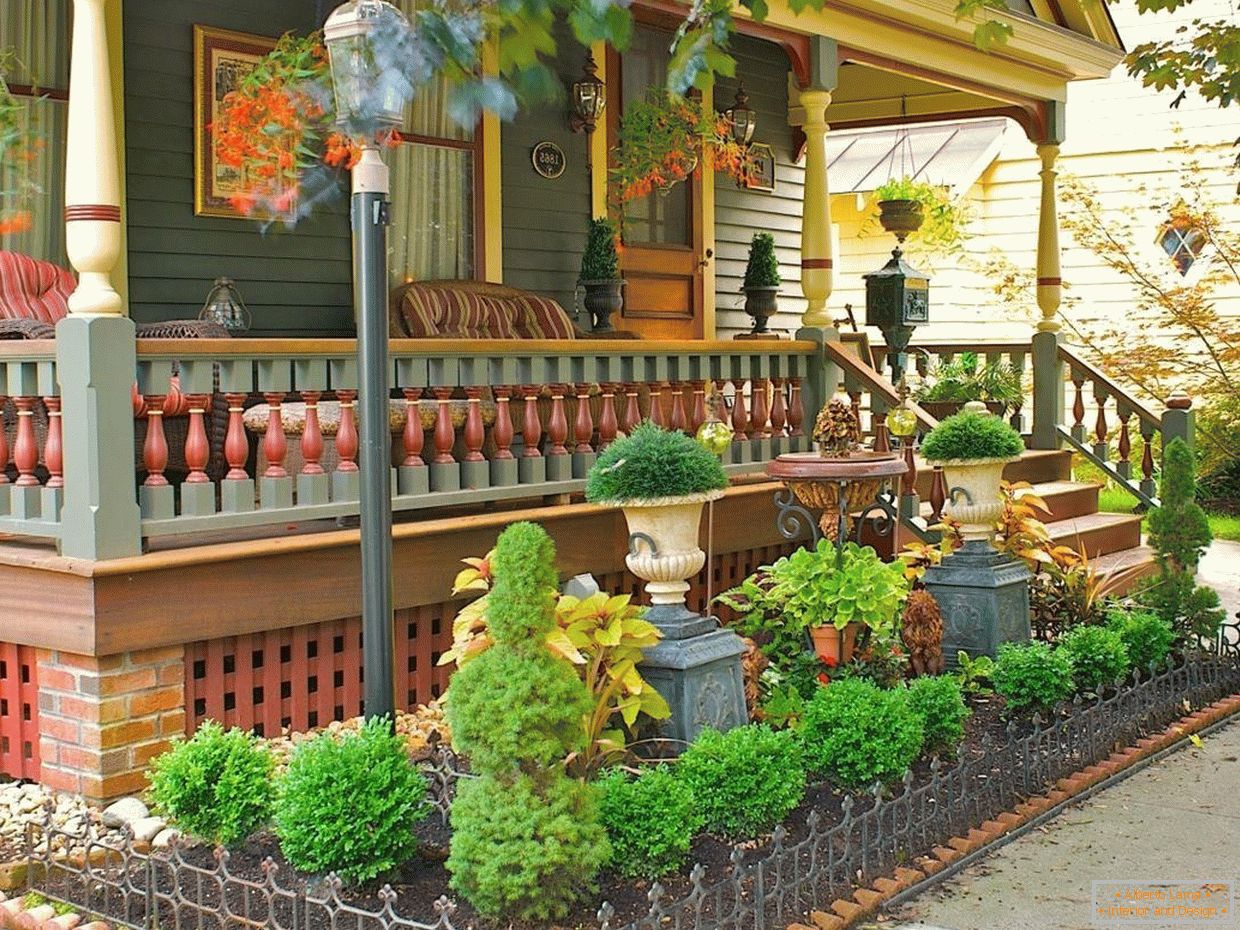
As a basis, around which the flower bed composition is formed, often use:
- mosaic balls, drinking bowls for birds, a sundial;
- wooden snags, carts, logs, stumps, wheels;
- sculpture;
- mirrors;
- trellises, arches, figured constructions;
- plants with a dense crown, cut out in the form of various figures (the art of topiary).

Each of these elements is soloed in a flower bed. Plants of different sizes create a general background, and some specimens (for example, climbing roses) often perform duet decorations.
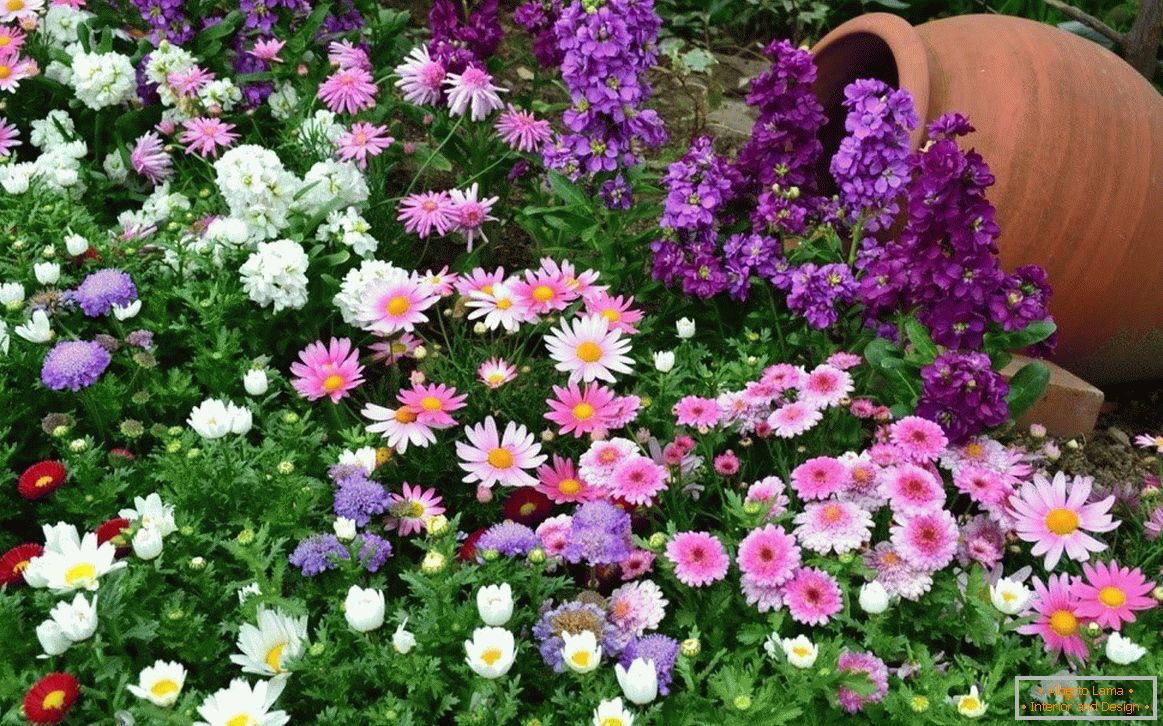
In addition to the central elements, an important role in the decorative design of flower beds is played by:
- fencing;
- luminaires on solar batteries;
- mulching with colored chips, different shades of gravel.
In the latter case, the alternation of multicolored undulating strips can emphasize the interesting shape of the flower bed or advantageously give a bright plant.

The combination of beautiful and useful
Recently, in landscape design it has become fashionable to use decorative beds in regular style instead of flower beds. The location of an artistically broken garden near your home allows you to enjoy a beautiful view, concentrated smells of herbs and save time (everything you need for a salad is near).
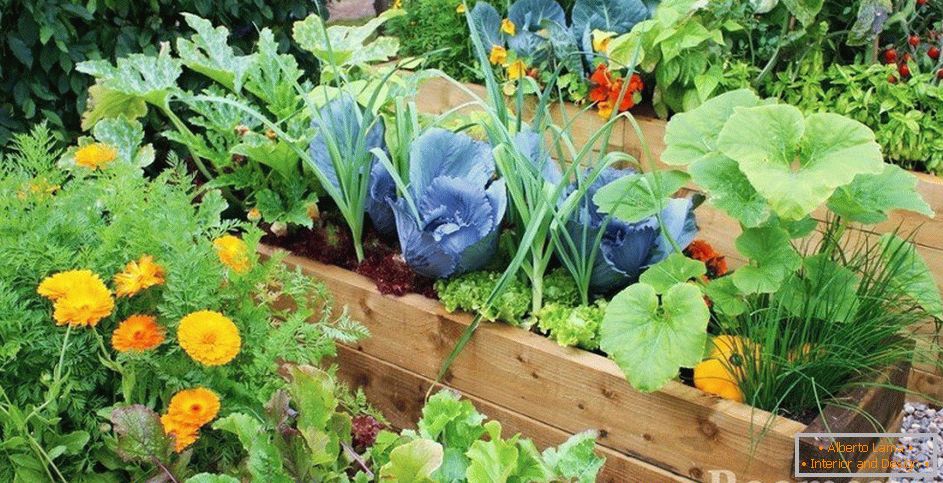
In the original (the French royal garden) the frame of the beds was made of a sheared boxwood. In our climate, this plant requires shelter for the winter, but even it does not guarantee survival. And his "deputy" - an ambulance will require a lot of time for a haircut, in order to maintain the curb in an ideal way.

Therefore, when dividing flower beds by the type of "decorative vegetable garden", it is better to limit oneself to creating raised beds from a bar, thick processed boards with a casing along the upper perimeter, or lay out walls made of slab stone.

Laying in the soil earth composition, it remains only in even rows or geometric patterns to plant garden plants. Contrast pattern can be obtained by arranging different sorts of lettuce (green, red, lemon colors), purple and green basil, varieties of decorative cabbage (it can be eaten), dividing the space into cages, using as a border the lines of radish or dill.
